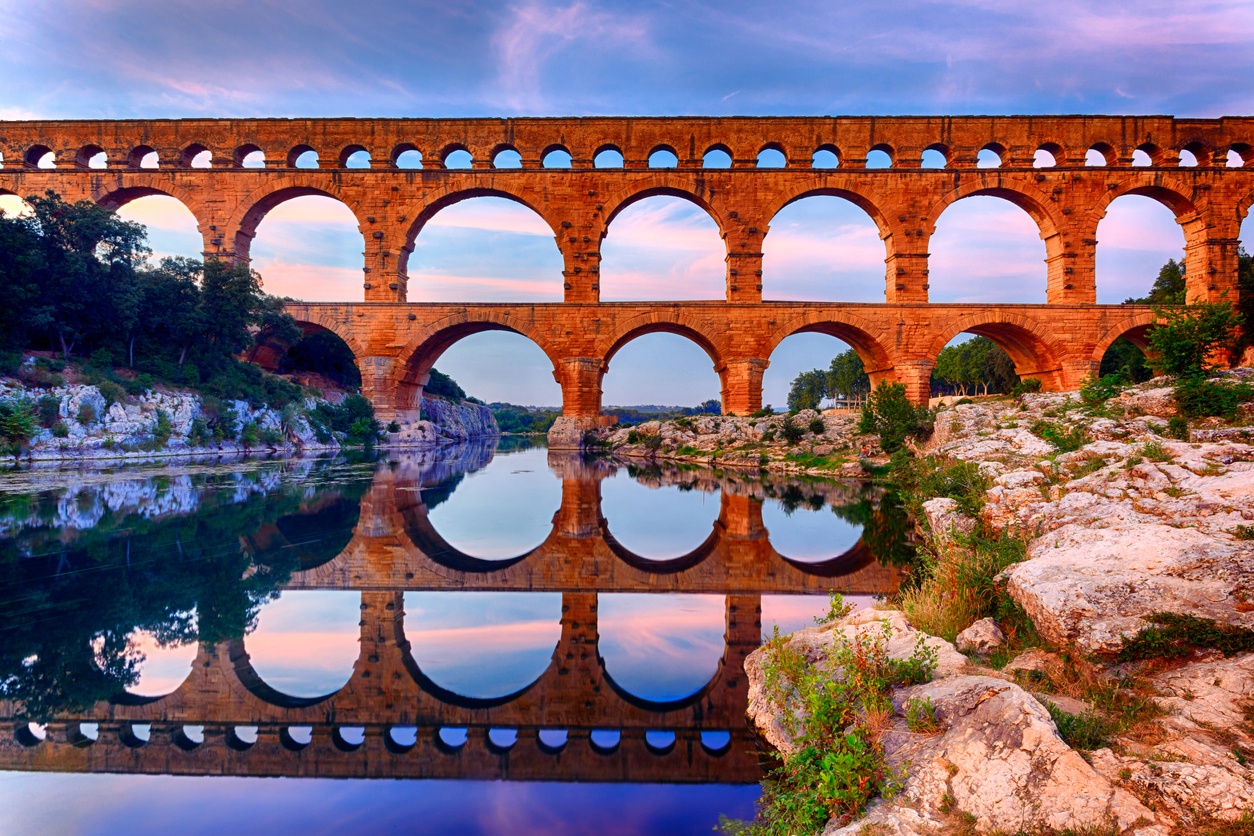
Puente del Gard (France)
The Pont du Gard is one of the most beautiful and best preserved Roman constructions in the world. It is a three-level aqueduct that crosses the Gardon River in the south of France. It was built in the 1st century AD to supply water to the city of Nîmes from the source at Uzès, some 50 kilometers away. The aqueduct had a capacity of 20 million liters of water per day and a very gentle slope to maintain the flow by gravity. The bridge is 49 meters high and 275 meters long, and is formed by stone arches joined by iron clamps. It is the highest ancient bridge in the world and a masterpiece of Roman engineering. Since 1985, it has been a UNESCO World Heritage Site and since 2004, Grand Site de France, a distinction that recognizes the quality of the natural environment that surrounds it.
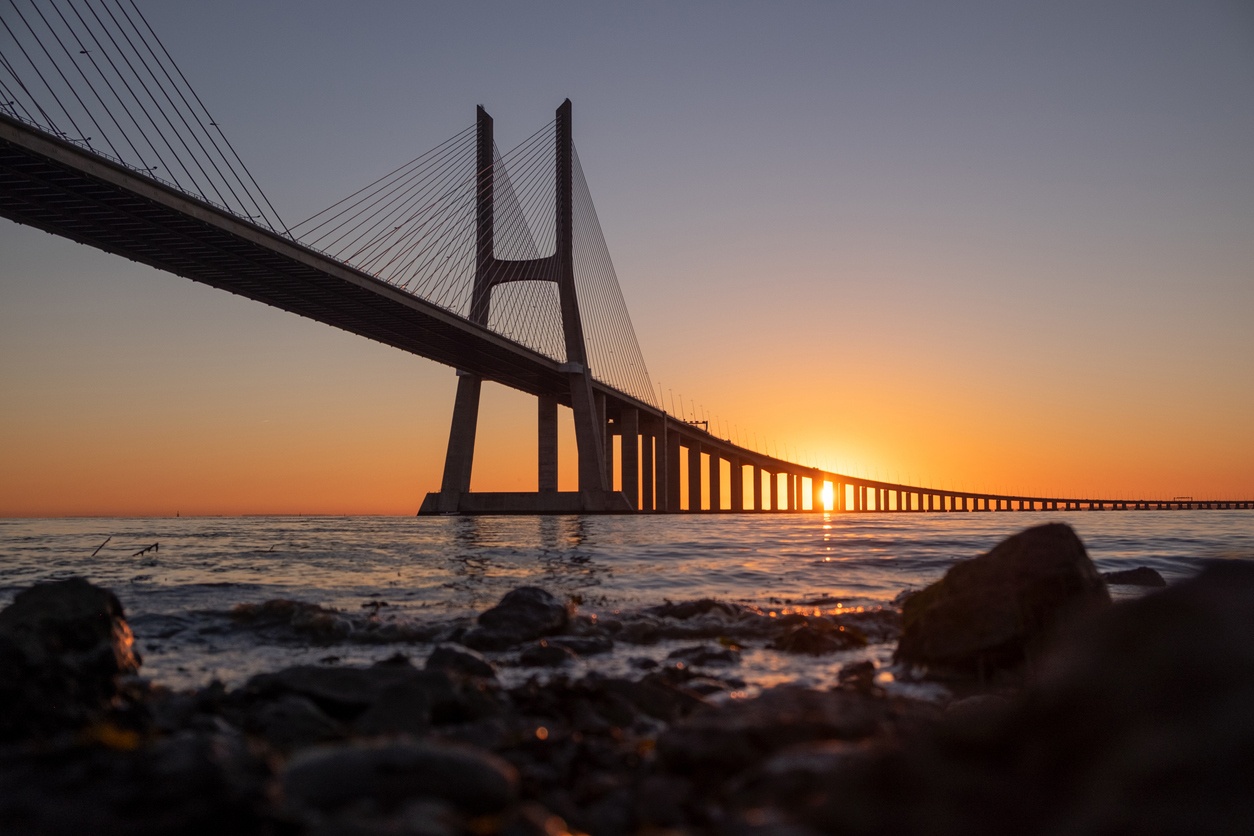
Vasco da Gama Bridge, Lisbon (Portugal)
The Vasco da Gama Bridge is an impressive cable-stayed bridge spanning the Tagus River in Lisbon, Portugal. It is the longest bridge in Europe, with almost 17 kilometers long, 10 of which are over water. It was inaugurated in 1998, coinciding with Expo ’98 and the 500th anniversary of Vasco da Gama’s voyage to India. The bridge connects Lisbon with Setúbal and Montijo, and relieves traffic from the 25 de Abril Bridge. Its design is able to withstand earthquakes, strong winds and ship collisions. It is a symbol of modern Lisbon and a masterpiece of engineering.
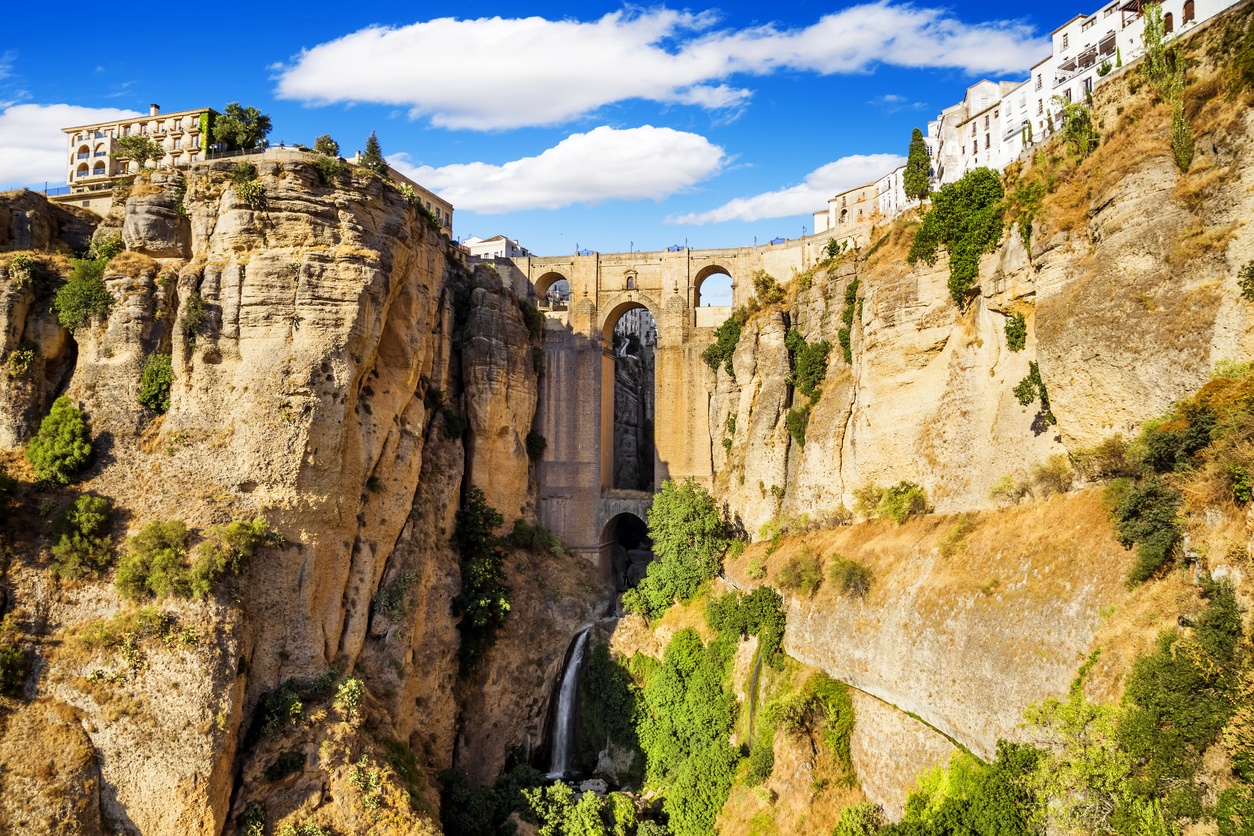
Puente Nuevo, Ronda (Spain)
The New Bridge is an architectural work that joins the two parts of the city of Ronda, separated by the Tajo de Ronda, a deep gorge of more than 100 meters deep excavated by the Guadalevín river. The bridge was built between 1751 and 1793, after the collapse of the previous bridge that caused the death of 50 people. It has a height of 98 meters and a length of 70 meters, with a main arch of 14 meters span. In the center of the bridge is a chamber that served as a prison, torture room and lookout. The bridge is Ronda’s most emblematic and photographed monument, and offers breathtaking views of the surrounding natural landscape.
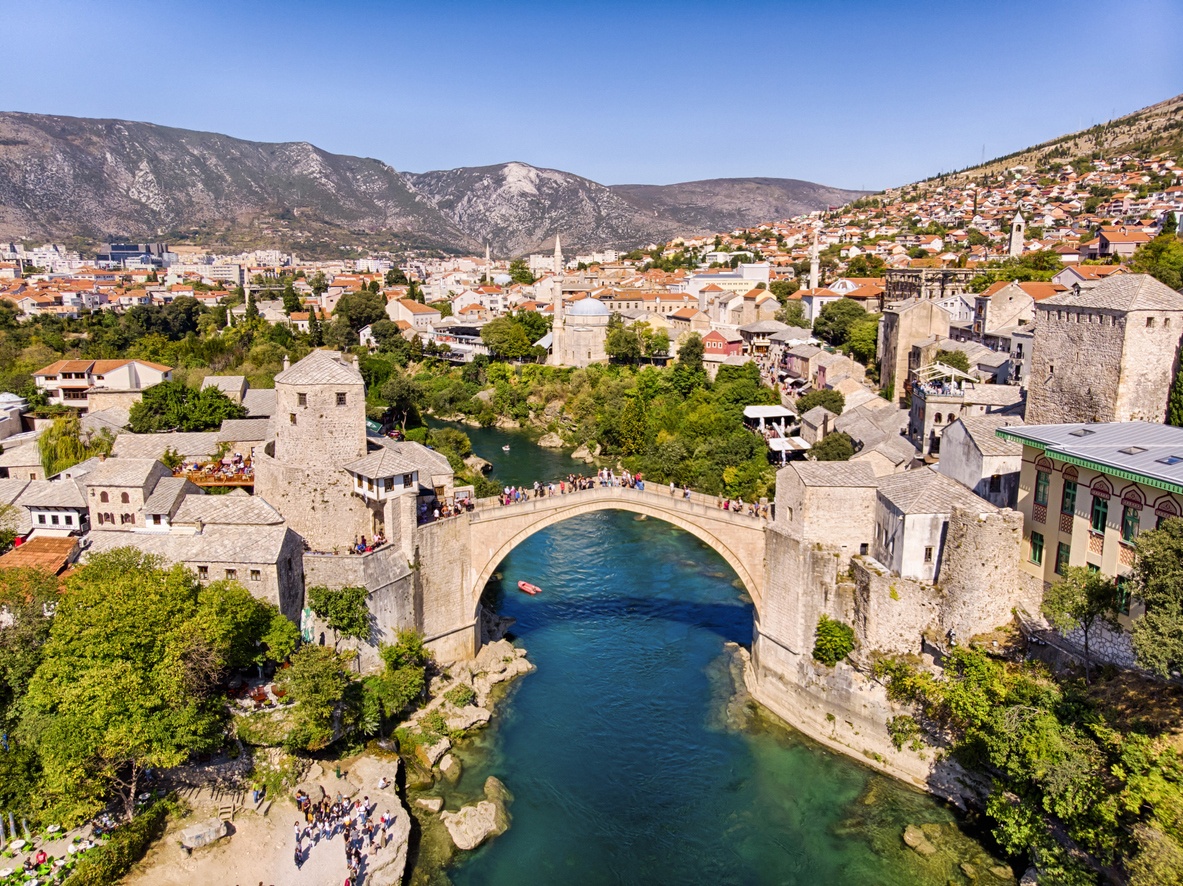
Old Bridge, Mostar (Bosnia-Herzegovina)
The Old Bridge is an arch bridge spanning the Neretva River in the city of Mostar, Bosnia-Herzegovina. It is one of the most famous historical monuments of the former Yugoslavia and has been a World Heritage Site since 2005. The bridge was built in the 16th century by order of Sultan Suleiman the Magnificent, as part of the Ottoman expansion in the Balkans. The bridge has a length of 29 meters and a height of 24 meters above water level. It is made of local limestone and has a curved shape that gives it great strength. The bridge was the center of Mostar’s social and cultural life for centuries, and also a symbol of coexistence between different religious and ethnic communities. The bridge was destroyed in 1993 by Croatian forces during the Bosnian war, as an act of ethnic cleansing. Its reconstruction began in 2001 with the help of Unesco and other international organizations, and was completed in 2004. The new bridge respects the original design and uses the same techniques and materials as the old one. The bridge is a tourist attraction and also the scene of a centuries-old tradition: jumping into the river from the bridge, which is a test of courage and skill.
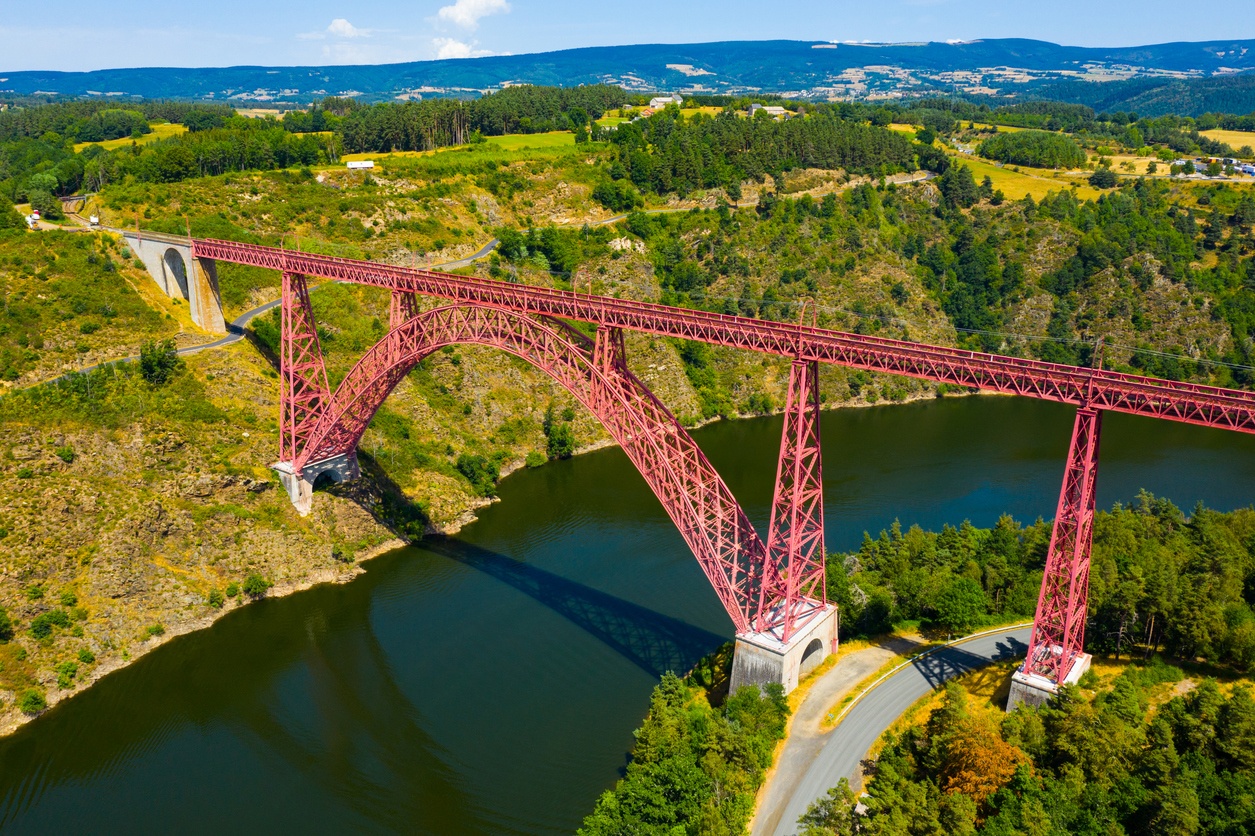
Garabit Viaduct (France)
The Garabit Viaduct is an arched railway bridge spanning the Truyère River near Ruynes-en-Margeride in the Cantal department of France. It is a masterpiece of 19th century engineering, designed by the famous Gustave Eiffel and his collaborator Maurice Koechlin. The bridge was built between 1882 and 1884, with an innovative material for the time: wrought iron. The bridge has a length of 565 meters and a height of 124 meters above water level. Its main arch has a span of 165 meters and is the largest of its kind in the world. The bridge is part of the Marvejols-Neussargues railway line and was opened in 1885. The bridge is a tourist attraction and a symbol of French industrial heritage.
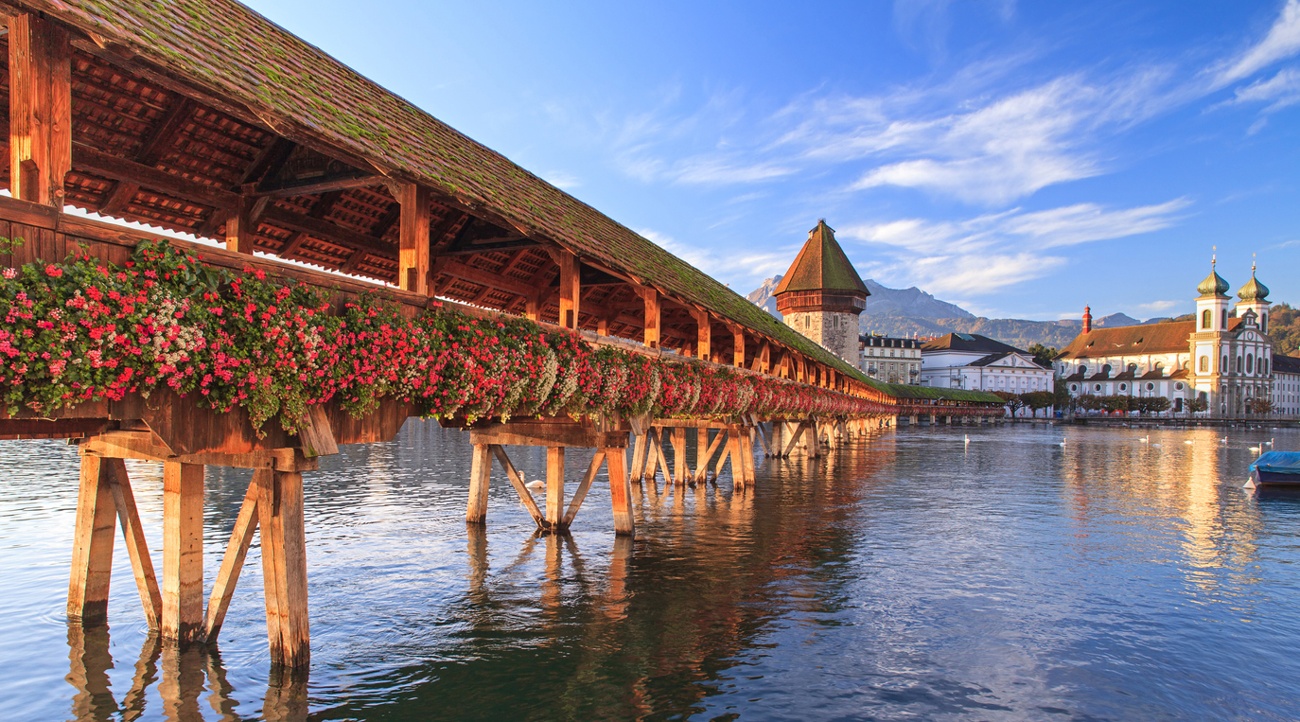
Chapel Bridge, Lucerne (Switzerland)
The Chapel Bridge is a wooden bridge that crosses the Reuss River in the city of Lucerne, Switzerland. It is the oldest wooden bridge in Europe and one of the symbols of the city. The bridge was built in 1365 and connects the old city with the new city. The bridge has a length of 204 meters and a deck that protects it. Inside the bridge there are 111 panels with paintings telling the history of Lucerne and its patron saints. In the center of the bridge is the Water Tower, an octagonal stone tower that served as a fortification and prison. The bridge and tower form an architectural ensemble of great beauty and historical value. The bridge suffered a fire in 1993 that severely damaged it, but was restored and reopened to the public in 1994.
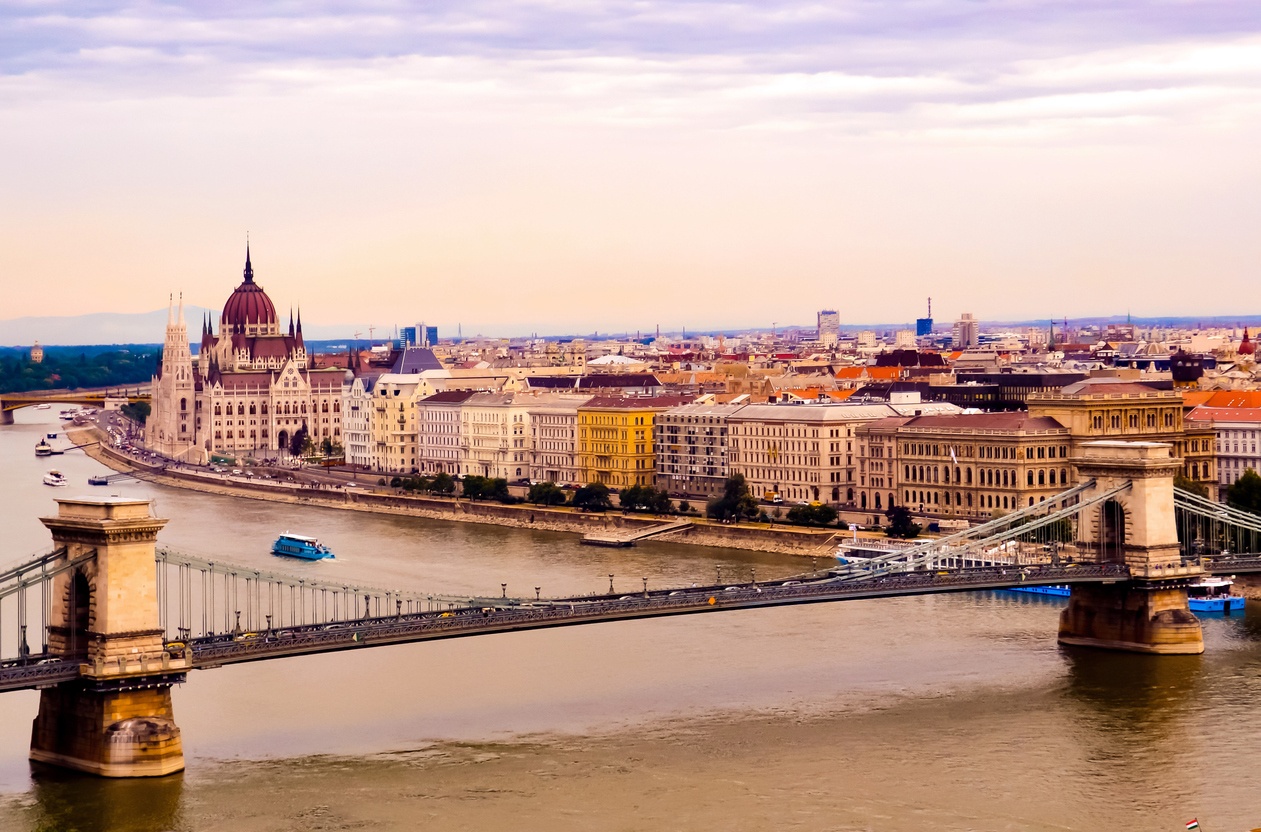
Chain Bridge, Budapest (Hungary)
The Chain Bridge is a suspension bridge linking the two parts of Budapest, Buda and Pest, across the Danube River. It is the oldest and most emblematic bridge in the city, and one of the most famous in Europe. The bridge was designed by the English engineer William Tierney Clark and built between 1839 and 1849, with the support of Count Esteban Széchenyi, one of the leaders of the Hungarian Revolution of 1848. The bridge is 375 meters long and 14.8 meters wide. It consists of two neoclassical pillars supporting a structure of wrought iron and chains. At the base of each pillar are two stone lions guarding the bridge. The bridge was destroyed by the Germans in 1945, during World War II, but was rebuilt and reopened in 1949. The bridge is a tourist attraction and a symbol of Budapest’s progress and unity.
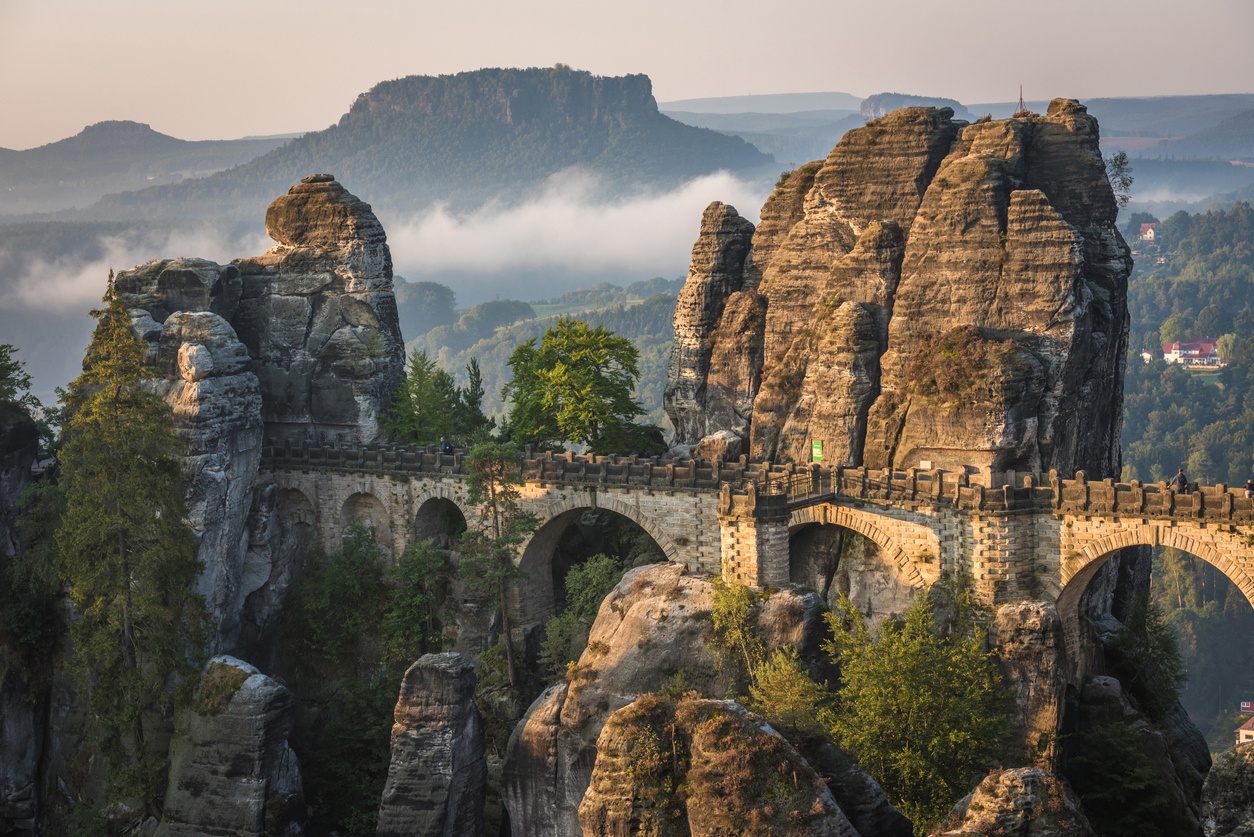
Bastei Bridge, Lohmen (Germany)
The Bastei Bridge is a stone bridge located in the Saxon Switzerland National Park near the town of Lohmen in Germany. The bridge rises 194 meters above the Elbe River and offers spectacular views of the surrounding sandstone mountains and valleys. The bridge was built in 1851, replacing an older wooden bridge that had been installed in 1824. The bridge is 76.5 meters long and consists of seven arches that rest on the natural rocks. The bridge is part of the so-called painter’s path, a hiking trail that runs through the most beautiful landscapes of the region. The bridge owes its name to the former stronghold of Neurathen Castle, a medieval fortress located nearby. The bridge is a tourist attraction and a symbol of Germany’s natural and cultural heritage.
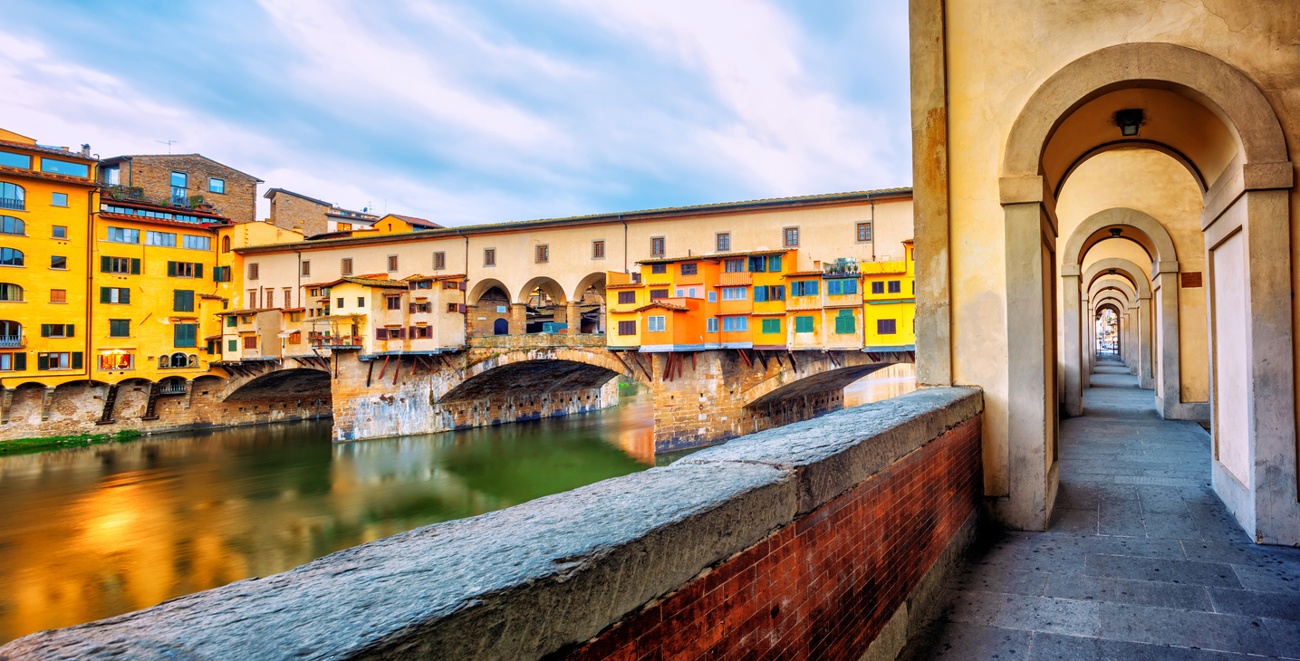
Puente Vecchio, Florencia (Italy)
The Ponte Vecchio is a stone bridge that crosses the Arno River in the center of Florence, Italy. It is the oldest bridge in the city and one of the most famous in the world for its beauty and history. The bridge was built in the 14th century, replacing an ancient Roman wooden bridge that had collapsed. The bridge is 67 meters long and 32 meters wide. It consists of three arches supported by two pillars. On the bridge there are houses and stores that formerly belonged to butchers, tanners and other merchants, but since the sixteenth century are occupied by jewelers and goldsmiths. The bridge is also home to the Vasari Corridor, an elevated passageway connecting Palazzo Vecchio to Palazzo Pitti, built by order of Cosimo I de’ Medici in order to move around without mingling with the people. The bridge is a symbol of the art and culture of Florence, and a tourist attraction offering magnificent views of the river and the city.
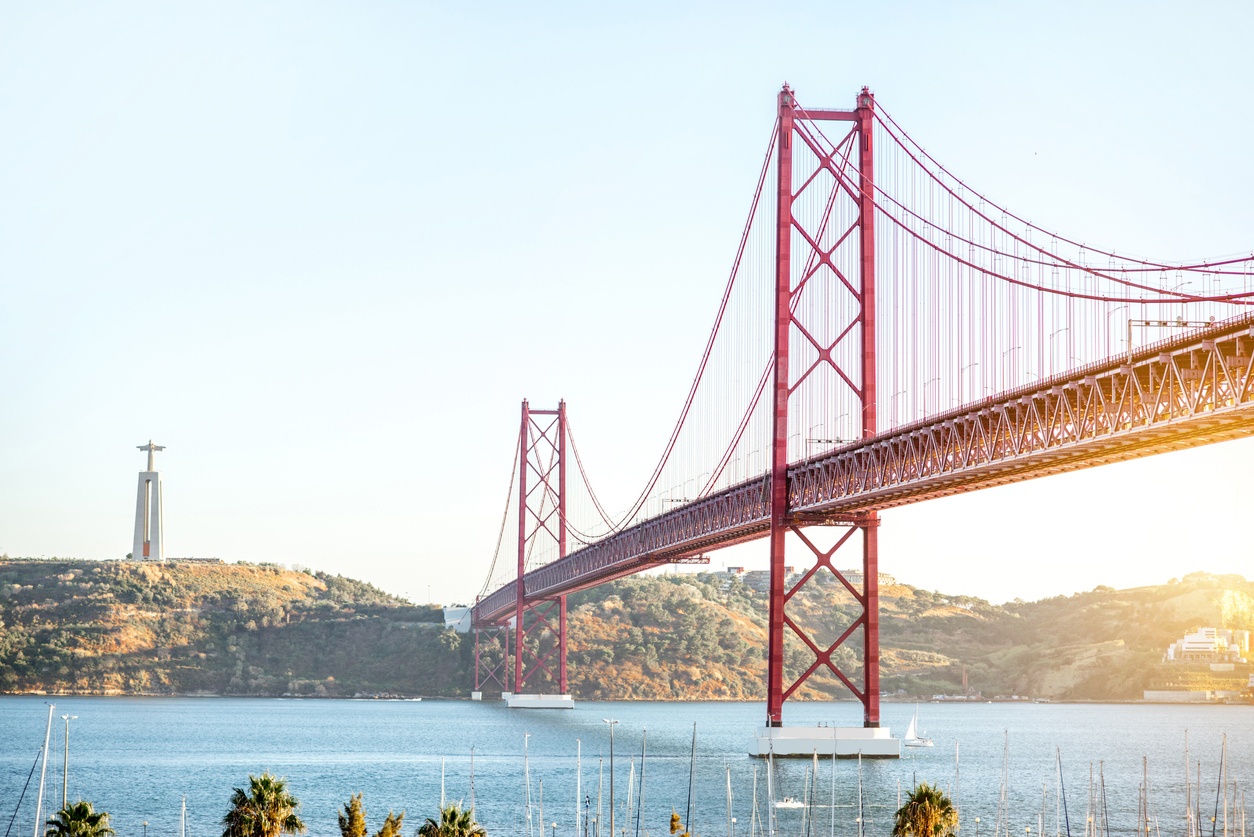
April 25th Bridge, Lisbon (Portugal)
The 25th of April Bridge is a suspension bridge that crosses the Tagus River estuary in the metropolitan area of Lisbon, Portugal. It is one of the longest bridges in Europe and one of the symbols of the city. The bridge was built between 1962 and 1966, by the American firm Steinman, Boynton, Gronquist & London, with a design similar to the Golden Gate Bridge in San Francisco. The bridge has a length of 2277 meters and a width of 28 meters. It consists of two steel piers supporting an upper deck for road traffic and a lower deck for rail traffic, which was added in 1999. The bridge owes its name to the date of the Carnation Revolution, which restored democracy in Portugal in 1974. It was formerly called Salazar Bridge, after the dictator who had it built. The bridge is a tourist attraction and a strategic point for communication between the two banks of the Tagus.
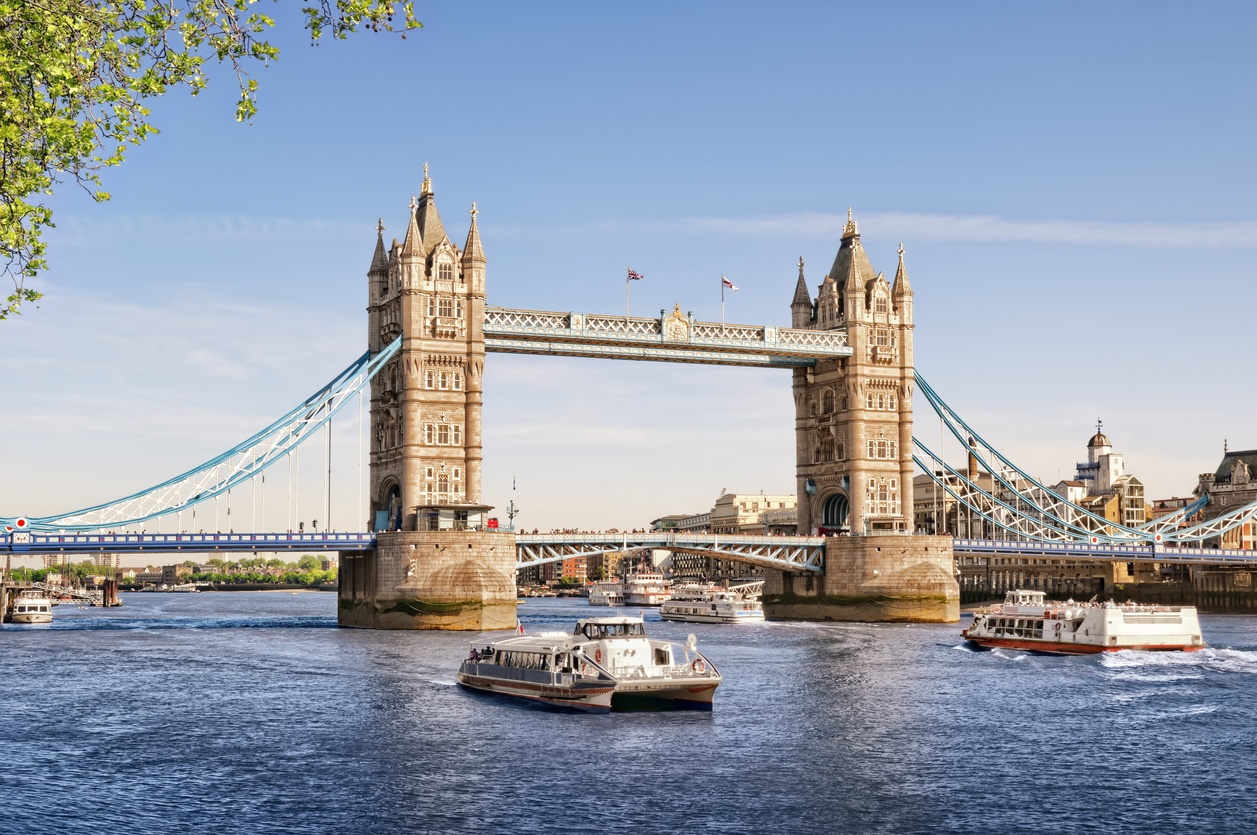
Tower Bridge, London (United Kingdom)
Tower Bridge is a bascule and suspension bridge in London, which crosses the River Thames near the Tower of London. It was built between 1886 and 1894 in a Victorian style and has become one of the symbols of the city. The bridge has two towers connected by two horizontal footbridges, which are raised to allow the passage of ships. The bridge has an exhibition that shows its history and operation, as well as a glass walkway that offers panoramic views.
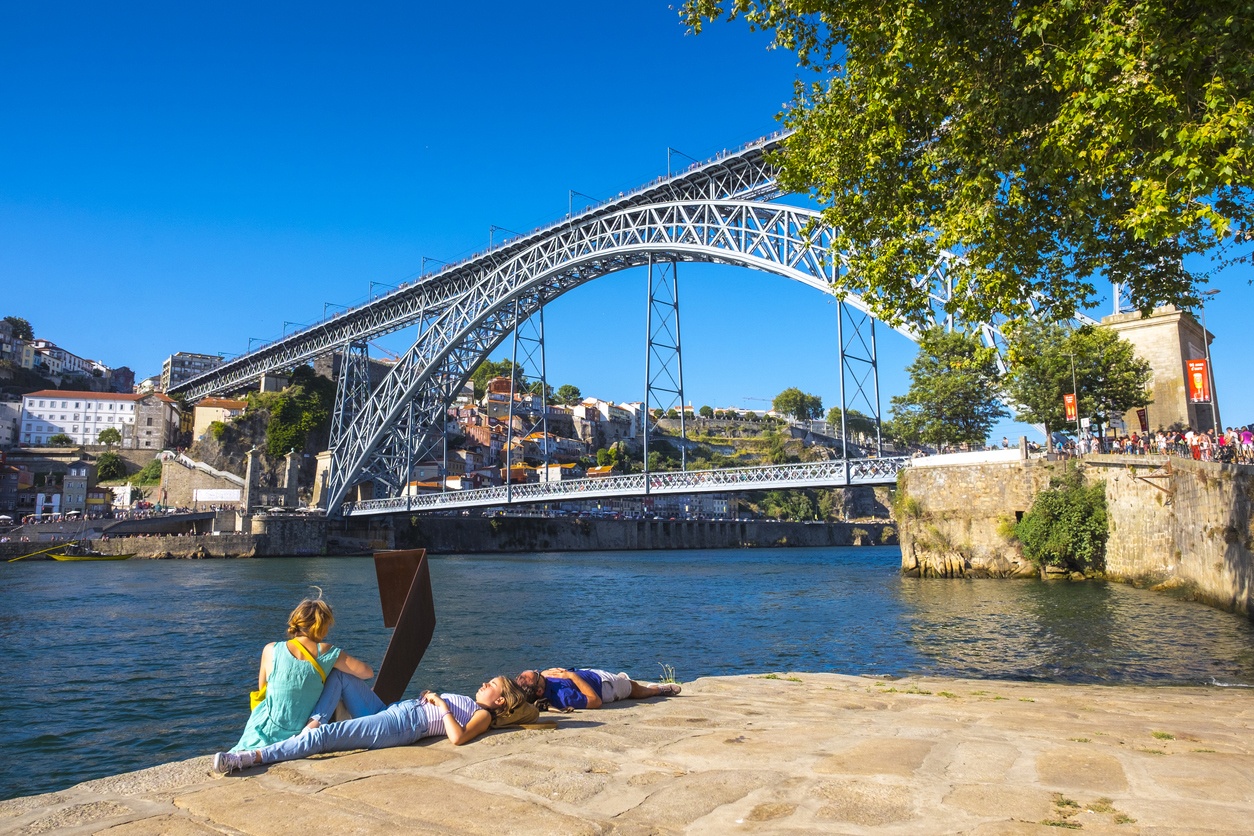
Puente Don Luis I, Oporto (Portugal)
The Don Luis I Bridge is a bridge over the Douro River that connects Porto with Vila Nova de Gaia. It is one of the symbols of the city and was inaugurated in 1886. Its design was the work of the engineer Théophile Seyrig, a disciple of Gustave Eiffel, and is based on a large iron arch supporting two floors: the upper one for the subway and the lower one for vehicles and pedestrians. The bridge offers spectacular views of the riverside and the cellars of Porto, and is part of the UNESCO World Heritage Site.
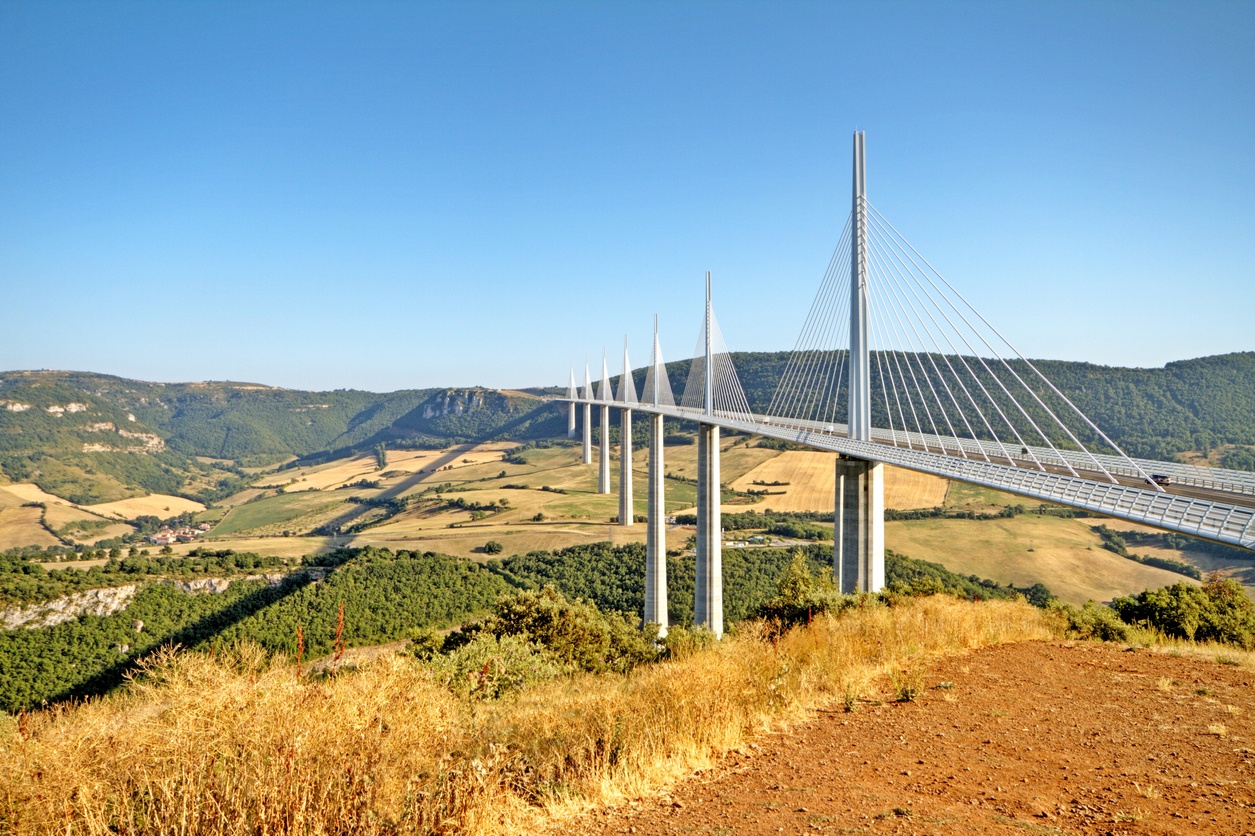
Millau Viaduct (France)
The Millau Viaduct is a cable-stayed bridge spanning the valley of the Tarn River in the department of Aveyron, France. It is the highest bridge in the world, with a maximum height of 343 meters. It was built between 2001 and 2004 by the Eiffage company, under the design of French engineer Michel Virlogeux and British architect Norman Foster. The bridge is part of the A75 freeway, which links Paris with Béziers and Barcelona. The bridge has a length of 2,460 meters and a width of 32 meters. It consists of seven reinforced concrete piers and a steel deck supporting eight spans stayed by 154 cables. The bridge was designed to blend into the natural landscape and to withstand the most extreme seismic and weather conditions. The bridge is a masterpiece of engineering and a tourist attraction offering breathtaking views of the valley.
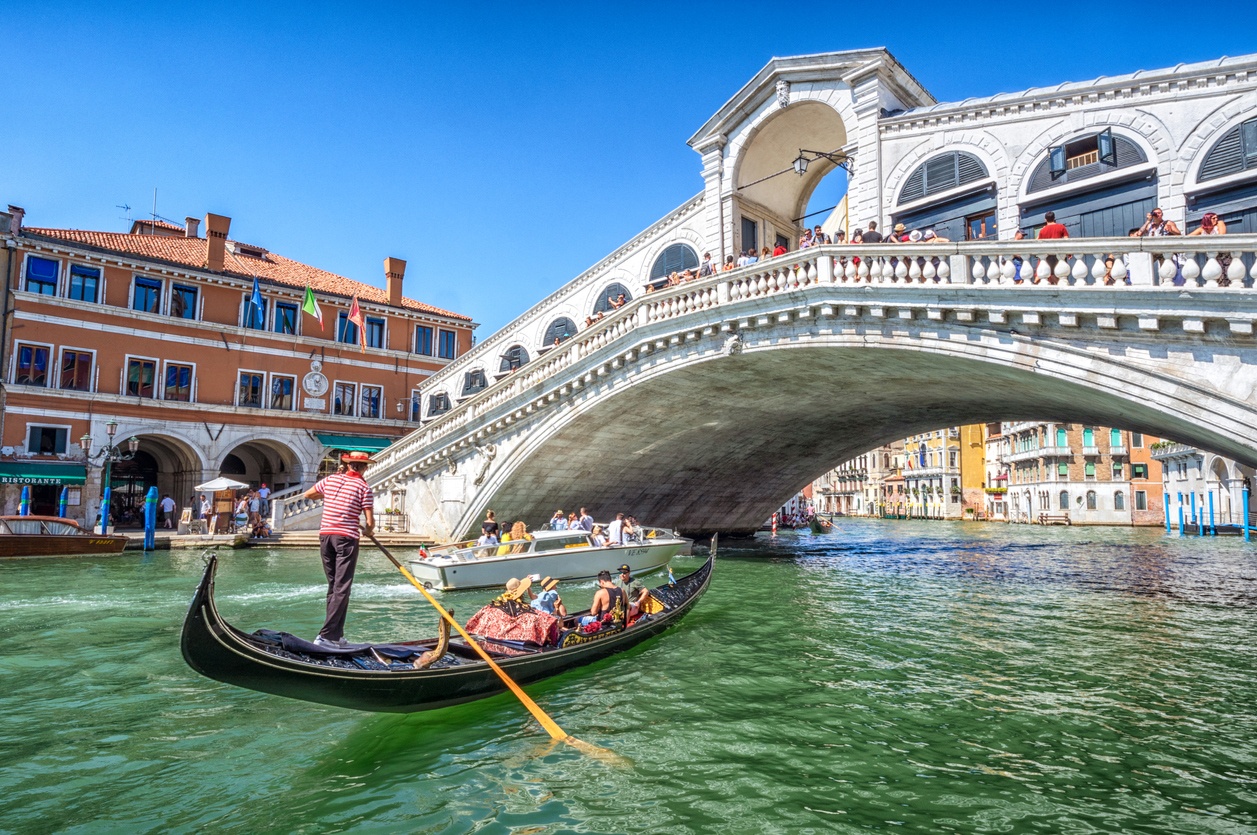
Puente de Rialto, Venecia (Italy)
The Rialto Bridge is an arch bridge that crosses the Grand Canal of Venice, linking the districts of San Marco and San Polo. It is the oldest and most famous bridge in the city, and one of the symbols of its grandeur during the Serenissima era. The bridge was built between 1588 and 1591 by the architect Antonio da Ponte, replacing an old wooden bridge that had collapsed several times. The bridge is 48 meters long and 22.90 meters wide. It consists of a single stone arch supporting two inclined ramps with an arcaded gallery in the center. On both sides of the bridge there are stores and businesses that formerly belonged to the merchants of the Rialto market. The bridge offers spectacular views of the Grand Canal and Venetian life.
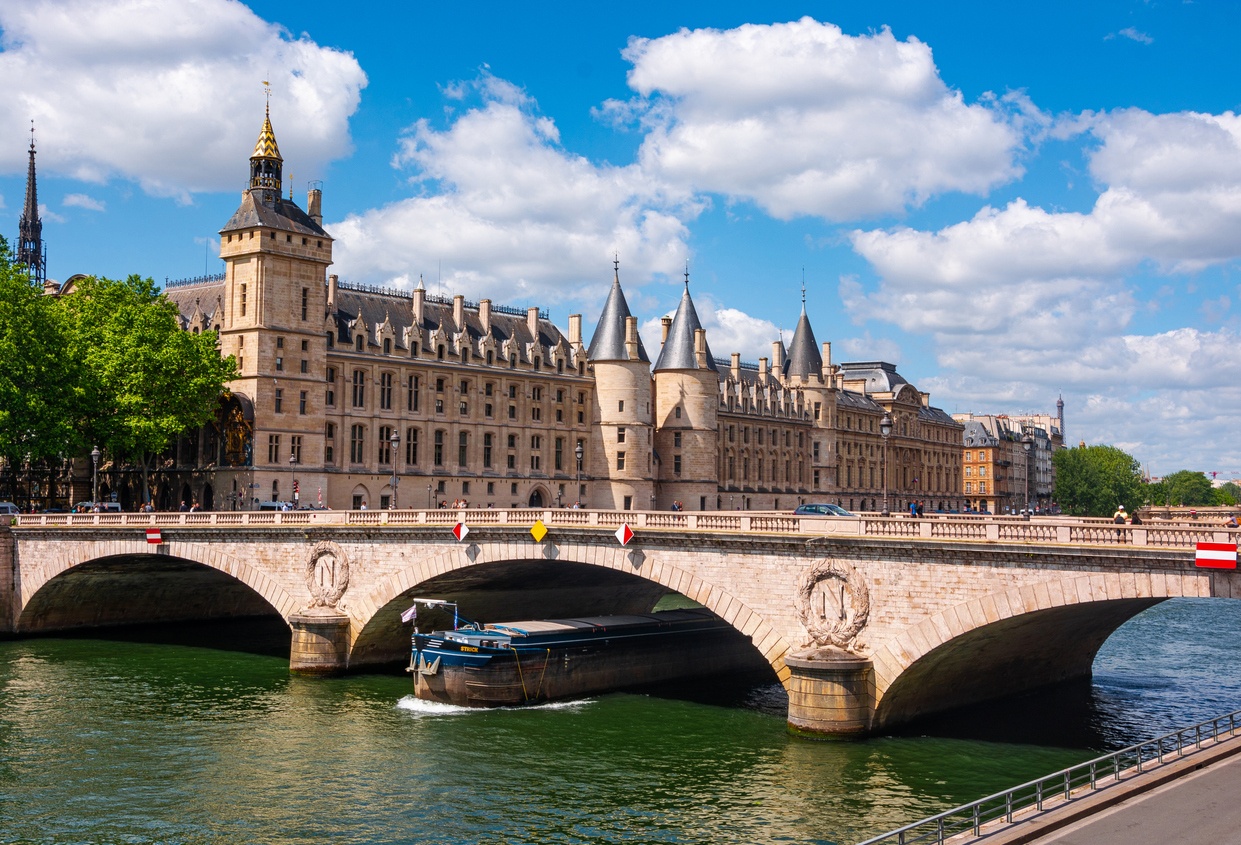
Pont Neuf, Paris (France)
The Pont Neuf is a historic bridge that crosses the Seine River in Paris, linking the Île de la Cité with the two banks. Despite its name, which means New Bridge, it is the oldest bridge in the city, built between 1578 and 1607 by order of Henry III and Henry IV. The bridge has a length of 238 meters and 12 semicircular arches. It is adorned with 384 masks representing different characters and expressions. In the center of the bridge is the equestrian statue of Henry IV, the first to be placed on a public road in France. The bridge is a UNESCO World Heritage Site since 1991 and one of the most emblematic and romantic places in Paris.
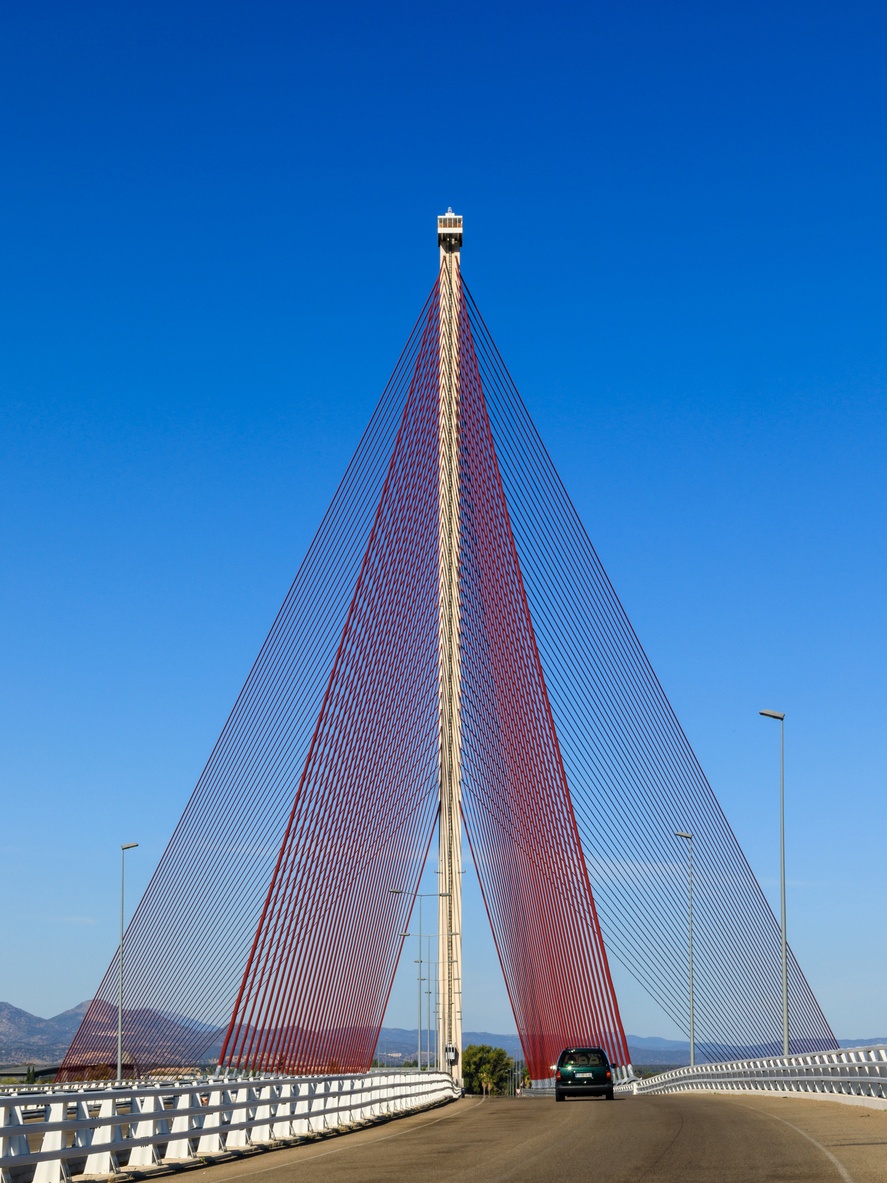
Castilla-La Mancha Bridge, Talavera de la Reina (Spain)
The Castilla-La Mancha Bridge is a cable-stayed bridge that crosses the Tagus River in Talavera de la Reina (Toledo, Spain). It is the highest bridge in Spain and the second highest in Europe, at 192 meters high. It was built between 2007 and 2011, at a cost of 90 million euros. It has a length of 318 meters and a width of 36 meters. The bridge is supported by a single central pylon inclined 22 degrees, from which 152 cables extend. The bridge is part of Talavera’s Ronda Sur and has a lookout point on the roof of the pylon. It is a symbol of the city and a singular work of engineering.
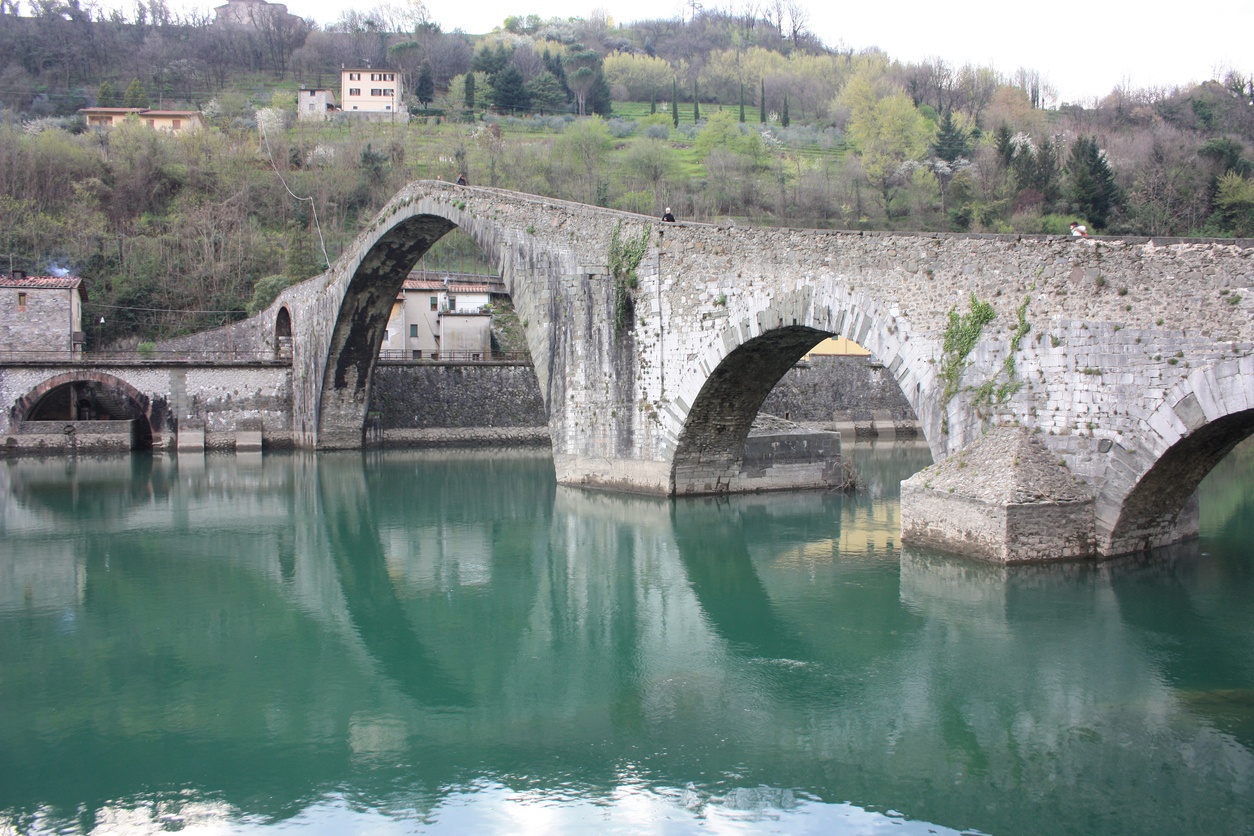
Puente de la Magdalena, Borgo a Mozzano (Italy)
The Magdalena Bridge is a bridge with multiple decreasing arches located in the town of Borgo a Mozzano, in the region of Tuscany, Italy. The bridge crosses the Serchio River and dates back to the 11th century, although it was rebuilt in the 14th century. The bridge has a peculiar shape, with a very high and wide central arch that gives it the appearance of an ass’s back. The bridge owes its name to a chapel dedicated to Santa María Magdalena that was located at one of its ends. According to legend, the bridge was built by the devil in exchange for the soul of the first living being to cross it, but the villagers tricked him by sending a dog.
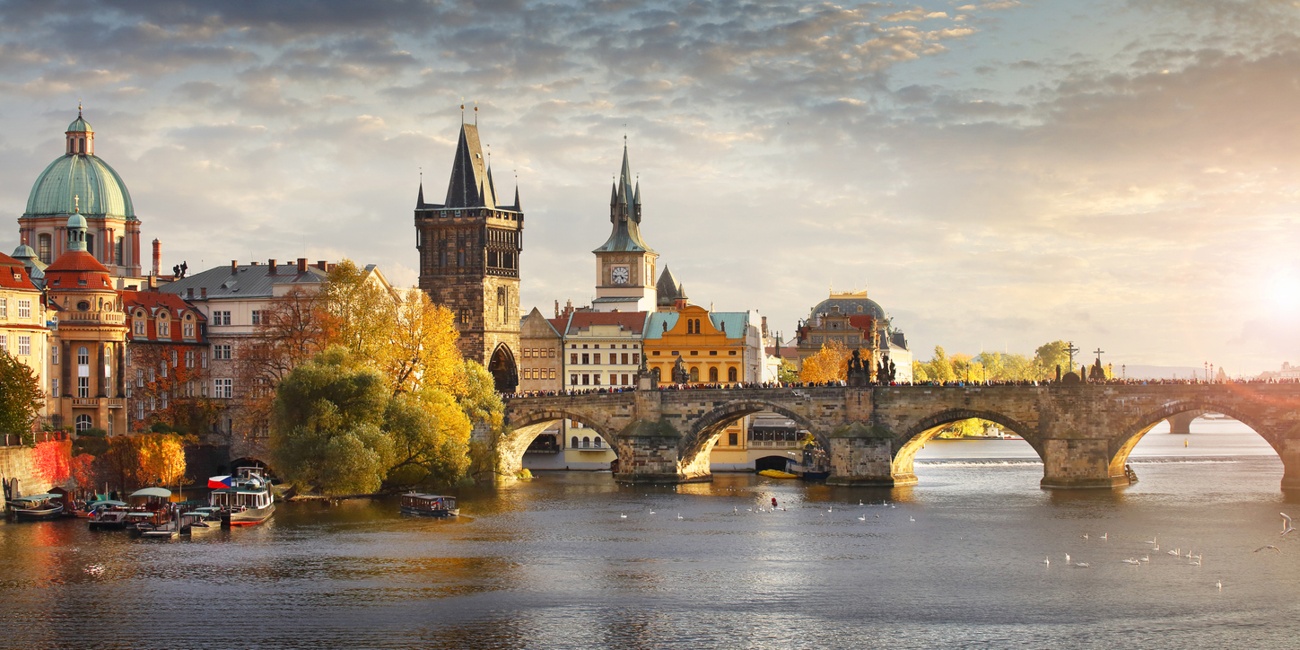
Puente Carlos, Prague (Czech Republic)
Charles Bridge is a stone bridge that connects the Old Town and Lesser Town districts of Prague, crossing the Vltava River. It is the oldest and most famous bridge in the city, and one of the most emblematic monuments of the Czech Republic. Its construction began in 1357 by order of King Charles IV and was completed in 1402. The bridge has a length of 520 meters, a width of 10 meters and 16 arches. It is decorated with 30 statues of saints and historical figures, mostly in Baroque style. The most venerated is that of St. John Nepomucene, who according to legend was thrown into the river for refusing to reveal the queen’s secrets. The bridge also has three Gothic towers that protect it at its ends.
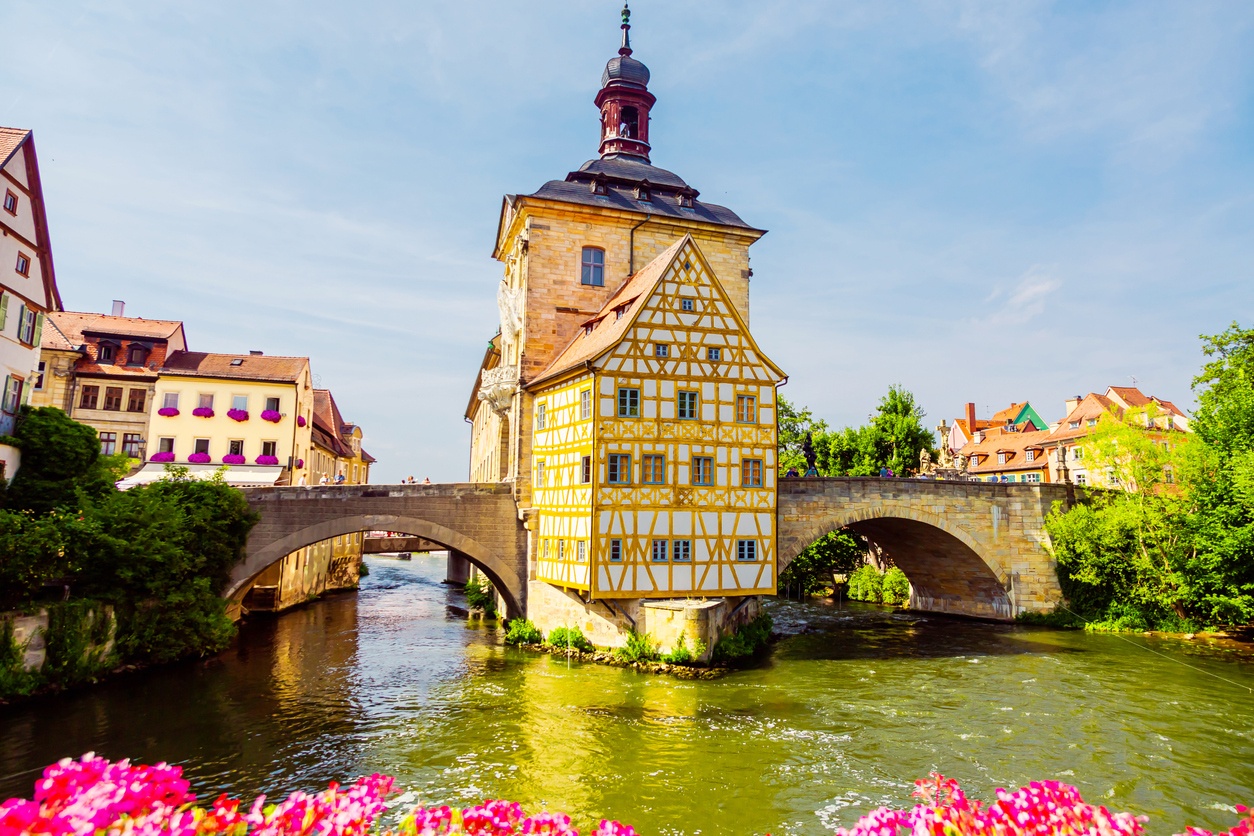
Bamberg Bridge (Germany)
The Bamberg Bridge is a medieval bridge located in the city of Bamberg, in the state of Bavaria, Germany. The bridge crosses the Regnitz River and is part of the old town, a UNESCO World Heritage Site. The bridge is famous for housing the old town hall, a 14th century building that stands on an artificial island in the middle of the river. The town hall has a baroque and rococo style, with mural paintings and a small sculpted devil in the central tower. The bridge also connects to the market gardeners’ quarter, where old half-timbered fishermen’s houses are preserved.
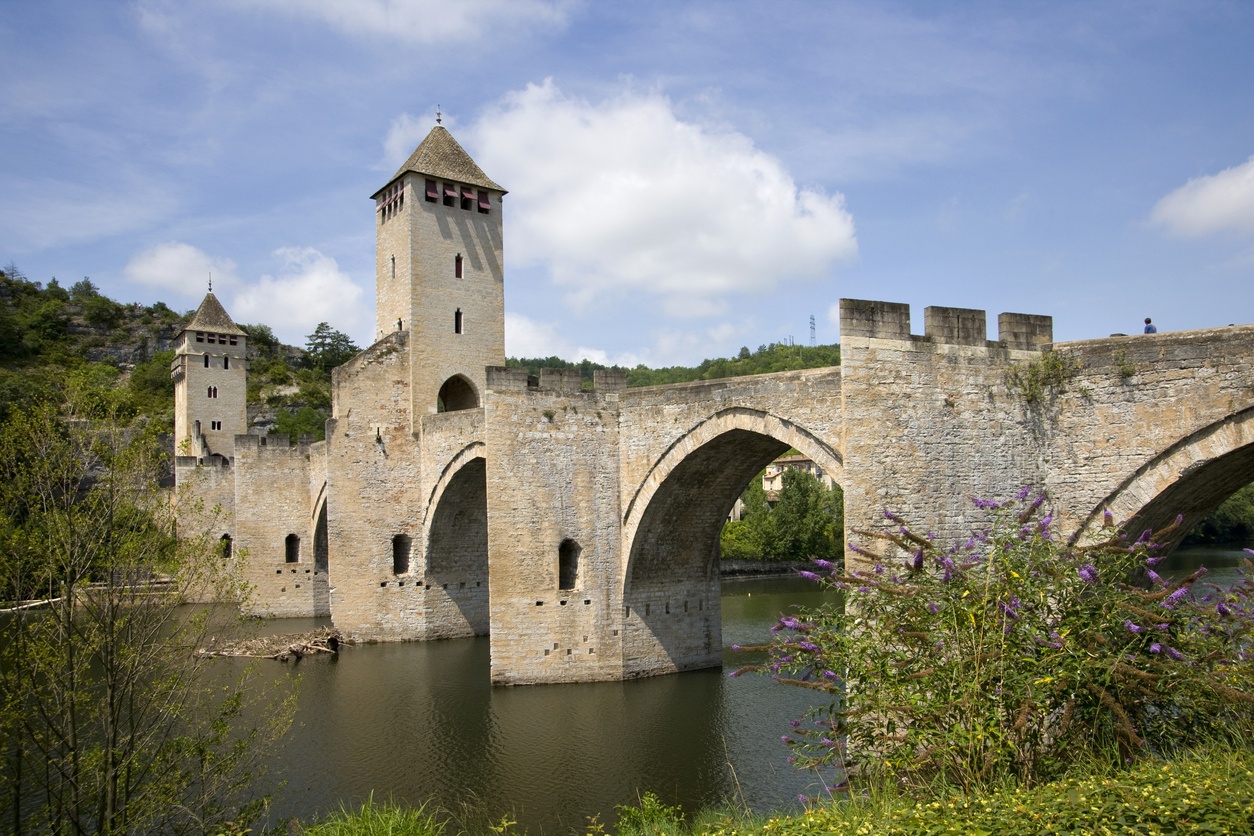
Puente Valentré, Cahors (Francia)
The Valentré Bridge is a medieval stone bridge that crosses the Lot River in Cahors, France. It is one of the most beautiful and best preserved fortified bridges in Europe. It was built between 1308 and 1378, with a defense function against English attacks. It has a length of 172 meters and eight arches with sharp peaks. Three crenellated towers with arrow slits rise above the bridge, which was protected by two châtelets at the ends. The bridge has been a UNESCO World Heritage Site since 1998, as part of the Pilgrims’ Roads to Santiago de Compostela in France. According to legend, the architect of the bridge made a pact with the devil to finish the work, but cheated him in the end.






